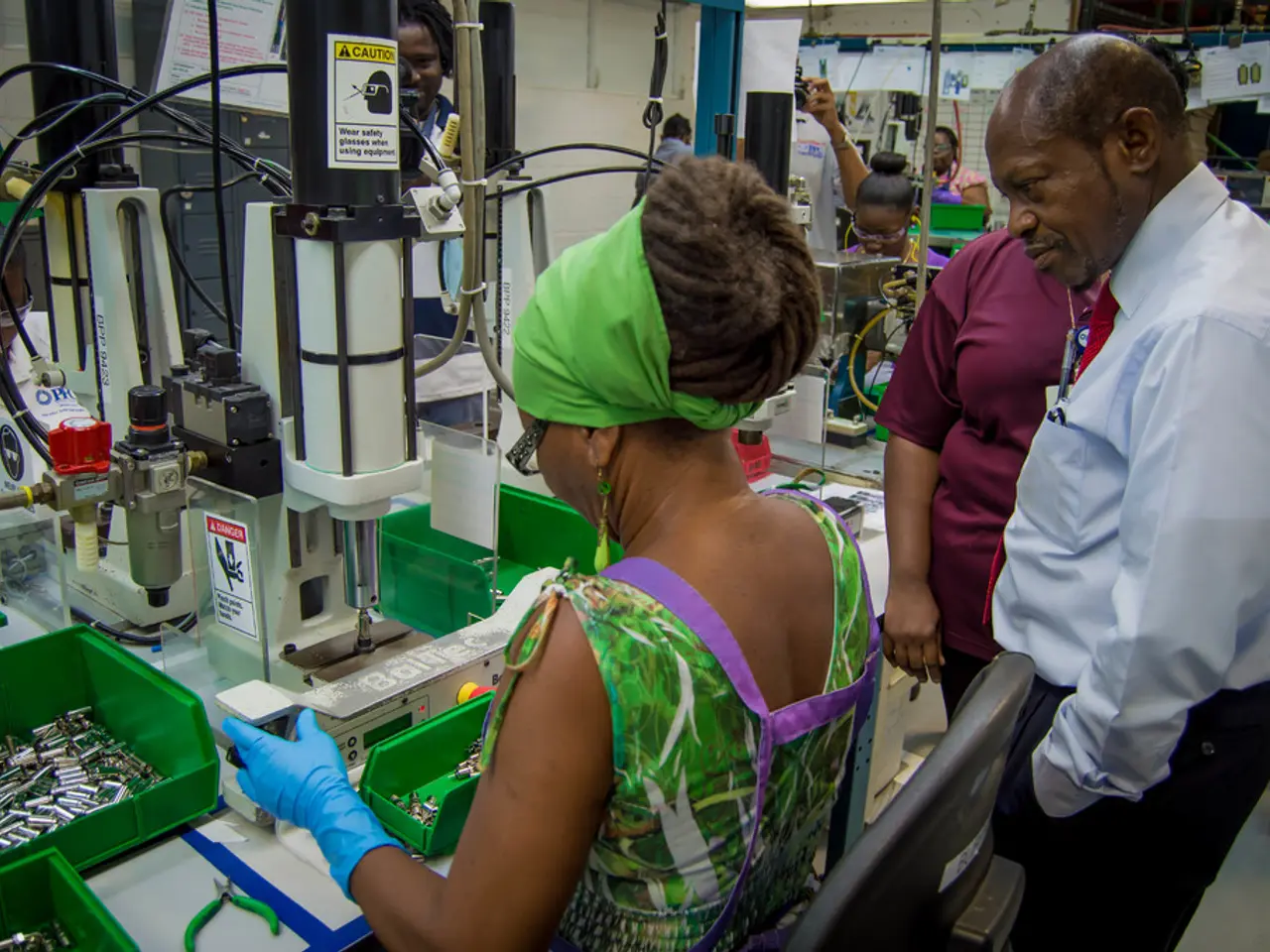Transforming Indian Manufacturing Landscape: The Role of Innovative Machining in Creating Future Electronics Components
India is making significant strides towards building a robust precision manufacturing sector, a critical step in achieving its "Design in India" vision for the electronics industry. This ambitious goal hinges on the country's ability to upgrade its machining infrastructure, invest in advanced technologies, and foster strategic partnerships.
**1. Upgrading Manufacturing Capabilities**
Transitioning from basic assembly to designing and producing high-value components domestically requires state-of-the-art precision engineering. This includes the use of high-precision CNC machines and tools that can operate within extremely tight tolerances. Upgrading manufacturing infrastructure to support the production of advanced components like EV batteries, medical devices, sensors, and multi-layer PCBs is essential.
**2. Government Incentives**
The Indian government is offering various incentives to encourage companies to invest in precision manufacturing. The Electronics Components Manufacturing Scheme (ECMS) encourages companies to establish in-house design teams and adhere to Six Sigma quality standards, boosting domestic innovation and quality in component manufacturing. The recently introduced Production-Linked Incentive (PLI) scheme for electronic components, with a budget of USD 2.7 billion, aims to reduce India's dependency on imports and increase domestic production.
**3. Building Semiconductor Ecosystem and Partnerships**
Given the complexity and precision required in semiconductor manufacturing, India is fostering partnerships with established technology providers. Strategic acquisitions and joint ventures are part of building a complete ecosystem including chip packaging and OSAT (Outsourced Semiconductor Assembly and Test) capabilities.
**4. Policy and Regulatory Reforms**
The government has introduced reforms in Special Economic Zone (SEZ) rules to make semiconductor and electronics manufacturing more attractive and seamless for investors. These reforms help position India as a reliable and competitive global manufacturing partner, fostering innovation and resilience.
The urgency of investing in precision manufacturing underscores the importance of India leading the way in global innovation. With about 18% of iPhones currently made in India, the question is whether India will invest in its own capacity or continue designing for others while relying on imports. The need for India to invest in its own capacity is a question of national self-reliance, not just industry strategy.
References:
1. Nasscom (2021). India's Electronics System Design and Manufacturing (ESDM) Policy 2.0. Retrieved from https://www.nasscom.in/content/dam/nasscom/documents/policy-advocacy/esdm/India-ESDM-Policy-2.0-Final.pdf 2. Ministry of Electronics and Information Technology (2020). Production-Linked Incentive (PLI) Scheme for Large Scale Electronics Manufacturing. Retrieved from https://meity.gov.in/writeReadData/userfiles/file/PLI%20Scheme%20for%20Large%20Scale%20Electronics%20Manufacturing.pdf 3. Government of India (2021). Semicon India Program. Retrieved from https://www.semiconindia.org/ 4. Invest India (2021). Special Economic Zones (SEZs) in India. Retrieved from https://www.investindia.gov.in/sectors/special-economic-zones-sezs 5. ZDNet (2020). Zoho halts $700 million chip project due to lack of local manufacturing depth. Retrieved from https://www.zdnet.com/article/zoho-halts-700-million-chip-project-due-to-lack-of-local-manufacturing-depth/
Financing Innovation and Technology
To accelerate the growth of the precision manufacturing sector, significant financial investment is necessary. This can come from both domestic and foreign sources, particularly for large-scale investment projects in advanced technology sectors like semiconductors.
Innovative Collaborations in the Manufacturing Industry
The success of India's precision manufacturing sector also relies on collaborative efforts between the industry, finance, and technology sectors. These partnerships can foster innovation and help India compete globally by combining local manufacturing expertise with cutting-edge technologies.




